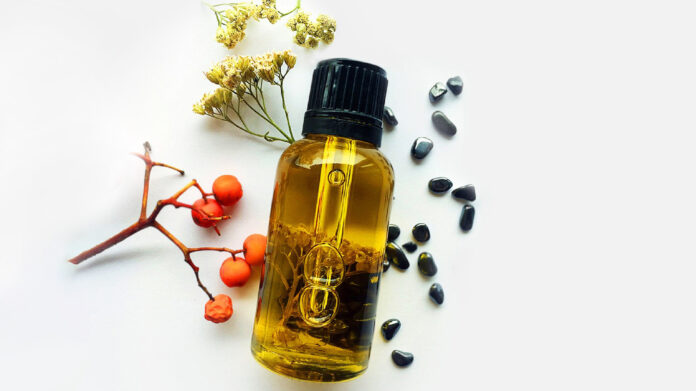The Ingredients List explains what, where, and why of natural and eco-friendly cosmetic products.
How much do you truly know about the beauty items and their packaging you buy? While we are bombarded with information, it just takes a little digging to discover how much is kept behind closed doors. As a business established on the notion of selling hope in a jar, it may be difficult to gain a clear image of cost, quality, and, more recently, environmental credentials.
With the pressing climate issue fuelling a surge in sustainable beauty, both current and new firms are looking for methods to be more ecologically friendly. However, since having environmental credentials becomes a crucial selling factor, greenwashing (marketing that makes items appear more sustainable than they are) is becoming increasingly common. A survey shows that 79% of customers are sceptical of the cosmetics industry’s promises regarding sustainability.
Terms like ‘sustainable,’ ‘green,‘ and ‘eco’ have become nearly meaningless, leading to confusion and bewilderment regarding whether purchases are genuinely better for the world. The solution is radical transparency, a new movement that puts more information in the hands of customers, allowing us to make better decisions. Provenance is the leader of the charge. The impartial third-party platform allows firms to validate a wide range of claims, from having recyclable packaging to being PETA-approved.
The skincare company takes pleasure in minimising costs and explaining where your money goes, as well as its steady 2x markup cost, which is lower than the industry norm of 6-10x. some brands also sing from the same songbook. On each product page of the brand, you can see the landed cost (which covers formula, packing, testing, payment processing, shipping, and handling) as well as the markup (which is 2.78x) and the cost the client consequently pays.
The truth about eco-friendly packaging
According to Zero Waste, the worldwide cosmetics business produces more than 120 billion units of packaging each year, much of which is not recyclable. The bulk of cosmetic products are wrapped in plastic, which can take approximately 1,000 years to degrade in the case of your regular moisturiser pot. Then there are the plastic wrappings, paper inserts, cardboard sleeves, foam, mirrored glass, and other extras that are occasionally included in a single purchase.
Half of the recyclable product packaging is not recycled. According to Garnier’s study, over 56% of people (4.5 million people) do not recycle toilet paper owing to the complexity. These artefacts will end up in a landfill or as rubbish in our environment if they are not given a second life. As we all clean up our act, it looks that the future of beauty will be green. However, I believe it will take a leap of faith and an attitude shift before everyone realises that products may look beautiful on our faces, but the containers look really ugly for the planet.


